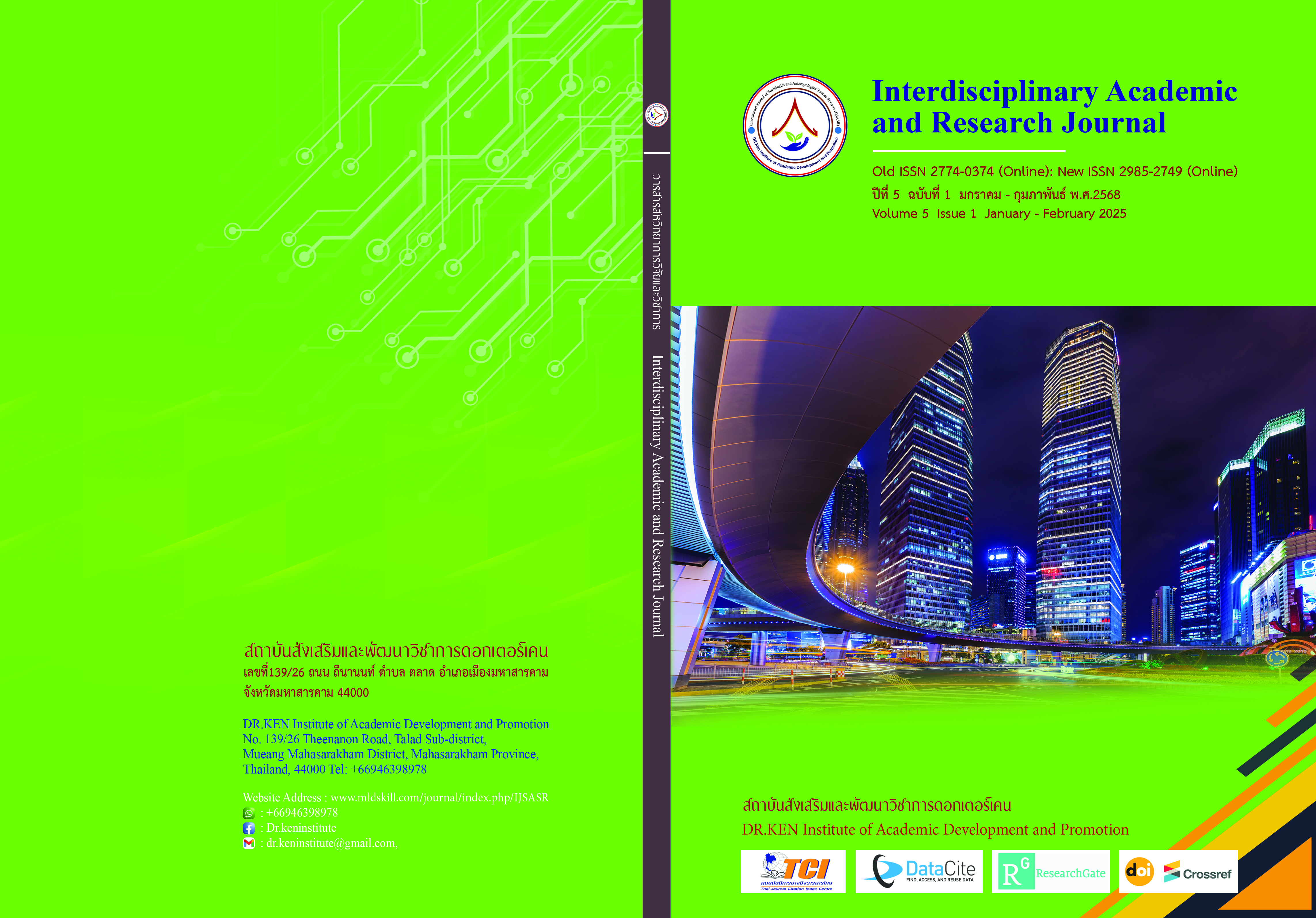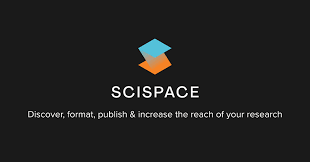The Effects of Project Approach Learning Experienced Provision With Graphic Organizers on Responsible Decision-Making Skills in Young Children
DOI:
https://doi.org/10.60027/iarj.2025.279844Keywords:
Project approach ; , graphic organizers; , responsible decision-making; , young childrenAbstract
Background and Aims: Responsible decision-making is one component in promoting social and emotional learning. They are important in early childhood because they promote children’s awareness of their own emotions as well as those of others, improve children’s ability to deal with emotions and build good relationships, help them learn to think and make decisions for themselves, and teach them to be socially responsible; all of these skills will help them achieve academic success and improve their ability to be a valuable part of society improve their future job prospects. This research aimed to study the results of organizing learning experiences using a project approach with graphic organizers to improve responsible decision-making skills.
Methodology: The sample group consisted of 10 preschool children, both male and female,
aged 5-6 years, who were studying in kindergarten year 2/1 in, semester 2 of the academic year 2023, at Wat Tha Kham School, Bang Khun Thian District Office, Bangkok. The research tools consisted of 1) two project approach plans with graphic organizers, and 2) an observation form on the responsible decision-making behavior of young children. Quantitative data analysis was performed using average standard deviation, and qualitative data were analyzed via content and descriptive analysis.
Results: The research results showed that children who learned through a project approach combined with graphic organizers had a higher mean score in responsible decision-making skills after the experiment than before. The aspect with the highest average was acceptance and responsibility for one's actions, followed by selection and predicting results of actions of their own, respectively. From observing behaviors that show responsible decision-making in young
children, it was found that in phase 1, in weeks 1-4, children began to accept and take responsibility for their actions. However, they still chose to make their own decisions and could only slightly predict the results of their actions. During phase 2, in weeks 4-8 children learned
to accept and take responsibility for their actions and make appropriate decisions and they were able to predict the results of their actions.
Conclusion: Providing a project approach with graphic organizers is a process that encourages children to take action, search for information themselves, develop guidelines, plan, and evaluate situations. Being able to think and decide from a variety of options, results in responsible decisions for oneself and the public, these are important skills that will lead children to be quality members of society in the future.
References
กระทรวงศึกษาธิการ. (2560). หลักสูตรการศึกษาปฐมวัย พุทธศักราช 2560. ชุมนุมสหกรณ์การเกษตรแห่งประเทศไทย จำกัด.
นภัทร สิทธาโนมัย. (2565). ทักษะอารมณและสังคมในเด็ก. กรุงเทพฯ: ราชวิทยาลัยกุมารแพทยแหงประเทศไทย.
นรรัชต์ ฝันเชียร. (2564). มาส่งเสริมการเรียนรู้ทางอารมณ์และสังคม (SEL) ให้กับนักเรียน 1 ธันวาคม 2564. Retrieved on November 7, 2023,fromhttps://www.trueplookpanya.com/education/content/90764
นิตยาสาร WAY (2017). การพัฒนาทักษะการเรียนรู้ทางอารมณ์และสังคมให้เด็กไทย. Retrieved on December 15, 2023, from: https://waymagazine.org/sel_skills/
วรนาท รักสกุลไทย และคณะ. (2560). การใช้ผังกราฟิก (Graphic Organizer) เพื่อพัฒนาเด็กปฐมวัย. กรุงเทพฯ: แปลนฟอร์คิดส์.
วรนาท รักสกุลไทย, ปนัดดา ธนเศรษฐกร, ธิดา พิทักษ์สินกุล, วิวรรณ สารกิจปรีชา, กรองทอง บุญประคอง, อัญจลา จารุมิลินท, และ สลิลดา ทศานนท์. (2561). การพัฒนาทักษะสมอง EF ด้วยการ “ให้โอกาส”. ใน สุภาวดี หาญเมธี, ธิดา พิทักษ์สินสุข และภาวนา อร่ามฤทธิ์ (บ.ก.), คู่มือพัฒนาทักษะสมอง EF Executive Function สำหรับครูปฐมวัย (น. 96-113). กรุงเทพมหานคร: เอกพิมพ์ไทย.
วัฒนา มัคคสมัน. (2554). การสอนแบบโครงการ. พิมพ์ครั้งที่ 3. สำนักพิมพ์แห่งจุฬาลงกรณ์มหาวิทยาลัย.
ศรันภัทร โชติมนกุล. (2565). Social-emotional Learning การเรียนรู้เพื่อพัฒนาทักษะทางสังคมและความ เข้าใจตนเอง. Retrieved on August 27, 2023, from https://www.thekommon.co/social-emotional-learning/
สิรมน กาญจนจิตกร. (2565) ทฤษฎีจิตสังคมของ Erik Erikson. Retrieved on August 24, 2023, from https://www.youdee.redcross.or.th/post/
Casel. (2018). Social and emotional learning (SEL) is an integral part of education and human development. Retrieved September 29, 2023, from https://casel.org/fundamentals-of-sel/
Chard, S.C. (1998). The project approach: Developing curriculum with children. Practical guide 2. New York: Scholastic.
Dewey, J. (1938). Experience and Education. New York: Macmillan Company.
McLeod, S. A. (2016). Bandura—Social Learning Theory. http://www.simplypsychology.org/bandura.html
Ministry of Education the Republic of Singapore. (2023).Nurturing Early Learners A Curriculum Framework For Preschool Education In Singapore. Singapore: Ministry of Education.
Pennsylvania Office of Child Development and Early Learning. (2014). Pennsylvania Learning Standards for Early Childhood. Retrieved from: https://www.pakeys.org/wp-content/uploads/2017/11/2014-Pennsylvania-Learning-Standards-for-Early-Childhood-PreKindergarten.pdf
Vygotsky, L. S. (1978). Mind in society: The development of higher psychological processes. Massachusetts: Harvard University Press.
World Economic Forum. (2016). Annual Report 2016-2017. Retrieved from: https://www3.weforum.org/docs/WEF_Annual_Report_2016_17.pdf
Downloads
Published
How to Cite
Issue
Section
License
Copyright (c) 2025 Interdisciplinary Academic and Research Journal

This work is licensed under a Creative Commons Attribution-NonCommercial-NoDerivatives 4.0 International License.
Copyright on any article in the Interdisciplinary Academic and Research Journal is retained by the author(s) under the under the Creative Commons Attribution-NonCommercial-NoDerivatives 4.0 International License. Permission to use text, content, images, etc. of publication. Any user to read, download, copy, distribute, print, search, or link to the full texts of articles, crawl them for indexing, pass them as data to software, or use them for any other lawful purpose. But do not use it for commercial use or with the intent to benefit any business.
















.png)


